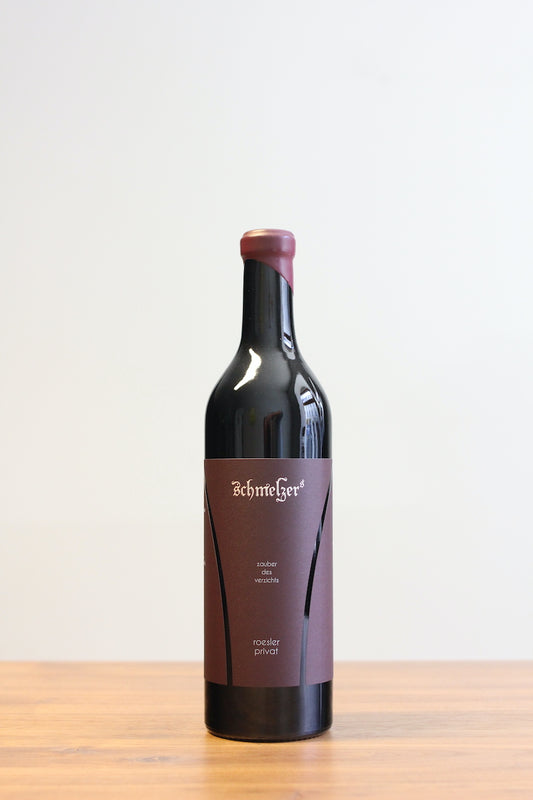Free shipping within Austria from € 99
Free shipping to Germany from € 120
Shipping costs within the EU
Payment methods
Collection: Red wines
-
Soracuna La Rocca Bardolino Classico 2023
Vendor:Villa CalicantusRegular price €17,90 EURRegular priceUnit price / per -
 Sold out
Sold outOtro Andar Malbec 2019
Vendor:40/40Regular price €19,90 EURRegular priceUnit price / per -
Lato Scuro 2018
Vendor:GrawüRegular price €17,60 EURRegular priceUnit price / per -
 Sold out
Sold outBlaufränkisch Spitzerberg 2013
Vendor:Jörg BretzRegular price €28,90 EURRegular priceUnit price / per -
Blaufränkisch Langer Atem 2016
Vendor:HP HarrerRegular price €19,90 EURRegular priceUnit price / per -
La Perucca 2019
Vendor:Eugenio BocchinoRegular price €46,90 EURRegular priceUnit price / per -
Teroldego Morei 2023
Vendor:ForadoriRegular price €38,90 EURRegular priceUnit price / per -
Montepulciano d’Abruzzo Le Vasche 2021
Vendor:CapreraRegular price €23,90 EURRegular priceUnit price / per -
Valpolicella Ripasso Classico Superiore Saustò 2018
Vendor:Monte dall'OraRegular price €30,90 EURRegular priceUnit price / per -
Brine d'Aprile 2020
Vendor:Ca' de NociRegular price €26,80 EURRegular priceUnit price / per -
 Sold out
Sold outRosso della Gobba 2020
Vendor:RainaRegular price €12,90 EURRegular priceUnit price / per -
 Sold out
Sold outRivaggi 2019
Vendor:SRCRegular price €44,80 EURRegular priceUnit price / per -
Lemberger Endschleife 2020
Vendor:roterfadenRegular price €34,90 EURRegular priceUnit price / per -
Roesler Privat "Zauber des Verzichts" 2017
Vendor:SchmelzerRegular price €25,90 EURRegular priceUnit price / per
















